Bird ID videos

Identifying Ruff
Ruff, with their variable size and plumage, often present identification issues. However, by learning how to recognise Ruff in their various guises through this video, you’ll be able to pick them out with confidence, and have a great reference point for identifying other similar-looking waders.
Identifying winter swans
Every winter thousands of Whooper Swans from Iceland and Bewick’s Swans from Arctic Russia migrate into UK and Ireland to spend the winter here. Telling these two black and yellow-billed swans apart can be tricky. Here we help you to separate these wild northern swans.
Identifying Cattle Egret
A white heron in the UK is likely to be a Little or Great White Egret. Occasionally Cattle Egrets turn up, and some even stay to breed. How can you pick one of these wanderers out?
Identifying Cormorant and Shag
A black, reptilian-looking bird swims by low to the water - but is it a Cormorant or a Shag? Cormorants are more familiar and wide-spread, although Shags are more numerous. Let us help you to separate these two similar-looking species of water bird.
Identifying Common Snipe and Jack Snipe
A stocky brown bird rockets up from just in front of your feet, but is it a Common Snipe, or its rarer relative Jack Snipe? Let us help you tell the two apart.
Identifying adult black-backed gulls
On paper Lesser and Great Black-backed Gulls are straightforward to separate but, in reality, many of us struggle - especially as the light conditions can alter their colour and size is not always apparent. Watch our video to tell these two species apart, as well as differentiate them from Herring Gull.
Identifying grey harriers
Harriers are stunning, lithe and elegant birds of prey. Two species of grey harrier are regularly found in the UK, Hen and Montagu's - the males are relatively easy to separate, but the females and young birds can be more tricky.
Identifying Skylark & Woodlark
Lauded by poets for their wonderful, uplifting song, larks are rather nondescript birds when seen. There are two species regularly found in Britain and Ireland and their ranges and habitats do overlap, so how can we tell them apart?
Identifying Hobby and Kestrel
A sudden view of an elegant falcon in summer, but is it a Hobby or Kestrel? There are various clues to help you come to the right decision, let this workshop show you how you separate these two aerial hunters.
Identifying Collared Dove & Turtle Dove
Collared Dove is one of our most familiar species, despite only arriving naturally in the country relatively recently, but how can you confidently separate it from the similar, but much rarer, Turtle Dove?
Identifying Chaffinch and Brambling
Chaffinch is one of our most common and familiar birds, but young birds and females are harder to identify than the stunning males. In winter, Chaffinches are joined by their northern cousins, Brambling. How can you pick them out in the midst of Chaffinches?
Help fund research into Chaffinch decline
The loss of Chaffinches in the UK requires urgent action now. We have developed a programme of research that will help to pinpoint the drivers of this decline. Find out how you can help.
... read moreIdentifying winter Auks
Summer Auks, in breeding plumage, at the shore or near to their colonies are relatively easy to identify. But in autumn and winter we tend to see them flying rapidly past, far offshore, or bobbing around in heavy seas offering poor views. When you add to this that their distinctive breeding plumage and colouring is lost, winter Auks can be a serious challenge to identify and separate.
Identifying Green finches in your garden
Not all green finches are Greenfinches. There are a number of green and yellow finches that visit garden feeders, some common, some much more rare. Let us help you to discover the identity of an unfamiliar visitor - is it a Serin - or is it one of the more likely culprits?
Identifying common sparrows & Reed Bunting
Sparrows are not just sparrows - are they House Sparrows or Tree Sparrows? In winter, the familiar sparrows in your garden may be joined by an unfamiliar brown bird, the Reed Bunting. Let us help you to tell these three brown garden birds apart.
Identifying Scoters
Scoters are known to most of us as winter visitors, usually far off shore. How can we tell the difference between the species, when we see them far out to sea in poor viewing conditions? It's surprisingly easy!
Identifying Sanderling and Curlew Sandpiper
In the UK in late Summer some may be daunted by the prospect of identifying individual species in frequent groups of small waders. The key to differing between many of these small, plump birds is to become accustomed with Dunlin first. In this Bird ID video we compare Sanderling and Curlew Sandpiper to their more well-recognised cousin.
Identifying small black-headed gulls
A hooded gull in summer is likely to be the ubiquitous Black-headed Gull, but there are a couple of other species that sport the same summer finery. Would you be able to pick out a Little or Mediterranean Gull from the crowd?
Identifying Meadow Pipit, Tree Pipit and Skylark
A small brown streaky bird launches into the air in front of you, singing its heart out, but is it a Meadow Pipit, Tree Pipit or even a Skylark? Let us help you tell these beautiful songsters apart.
Identifying Pigeons
Not all pigeons are Woodpigeons - honest! Stock Dove is a very common species, but can you tell it apart from the ubiquitous Woodpigeon? Let us help you tell these two species apart - and make sure you don't confuse them with Feral Pigeon / Rock Dove.
Identifying Grey Plover and Golden Plover
Can you tell the silver from the gold? Found around our coasts, wetlands and uplands Golden Plover is a beautiful medium-sized wader. Its cousin, Grey Plover, can be found around our coasts in most months of the year, causing a potential ID challenge. This ID workshop will help you to confidently separate the two species.
Identifying Grouse
Grouse are classic birds of upland and wild habitats. Males are relatively easy to separate but females and distant birds can be much more difficult. Using plumage, habitat and habit clues we can tell them apart, however. Let this video help you confidently tell Red Grouse, Ptarmigan, Black Grouse and Capercaillie apart.


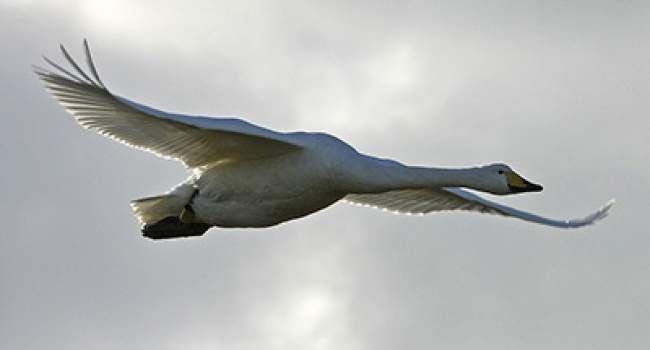
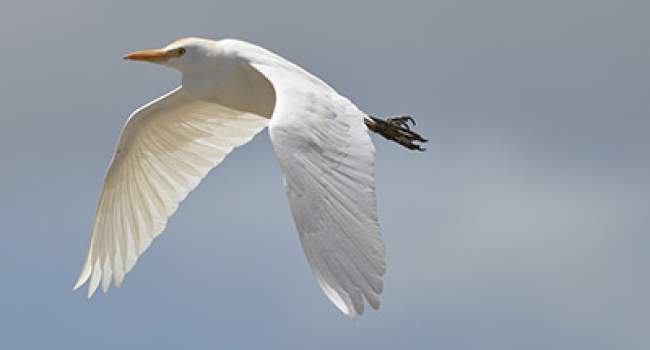
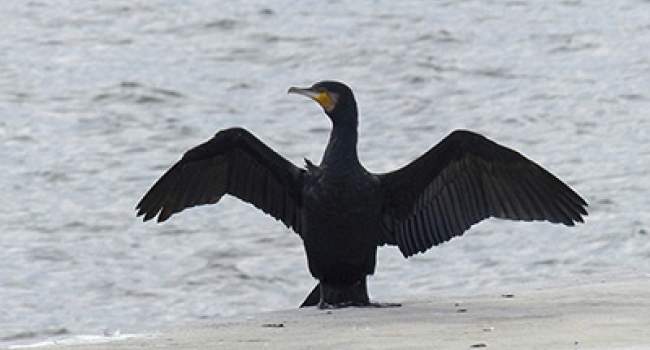
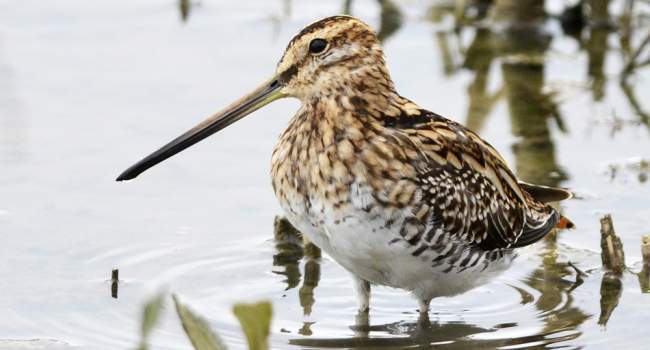
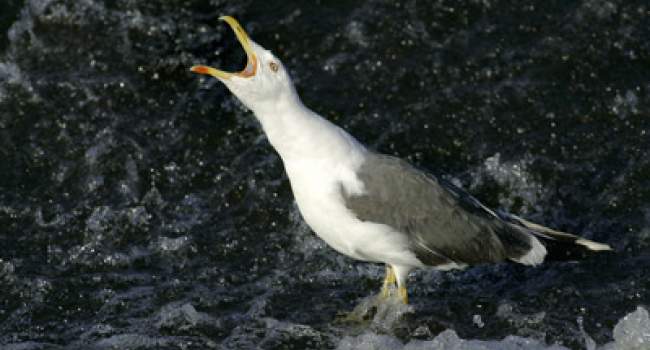
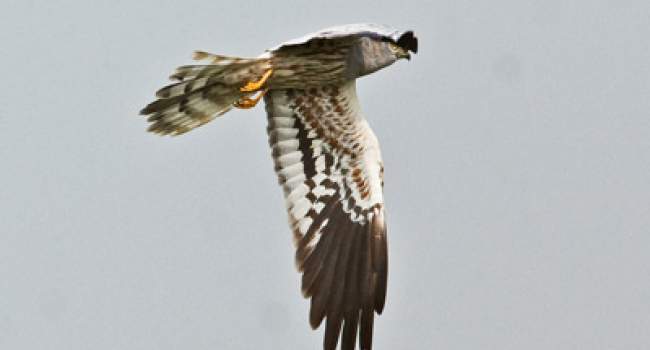
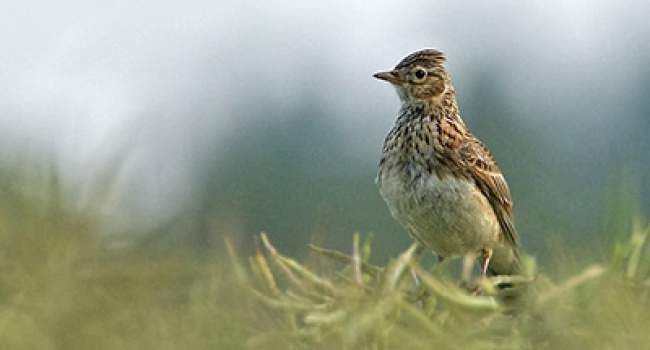
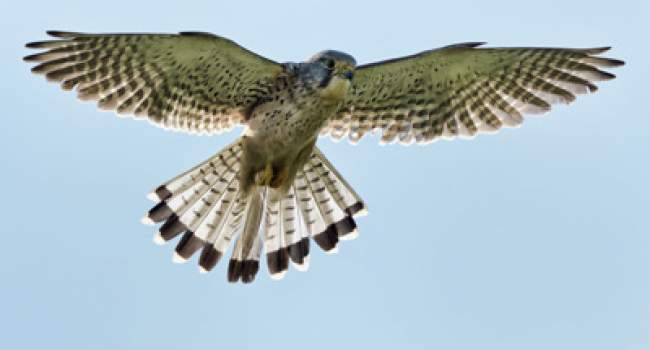
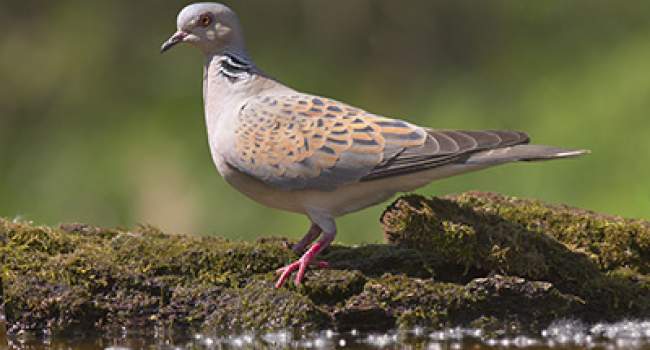
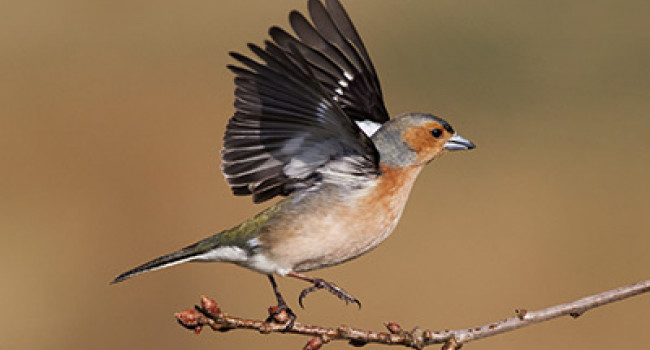
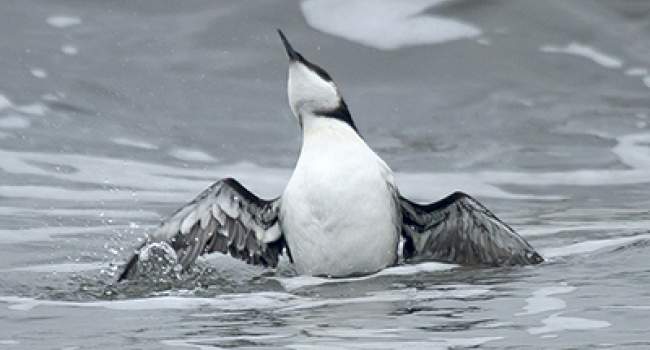
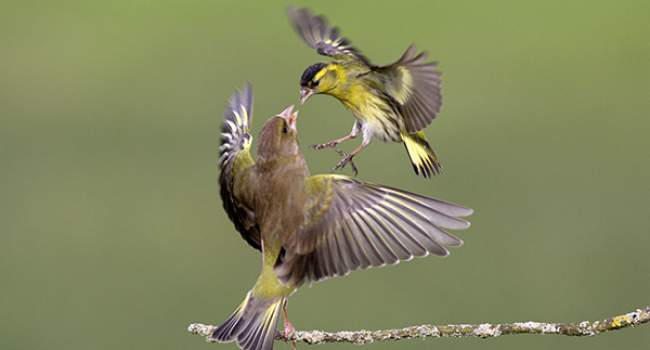
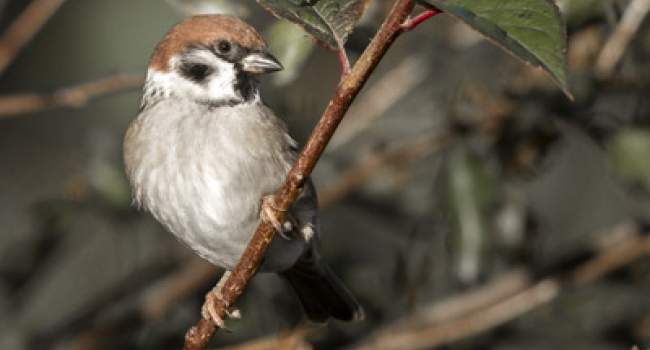
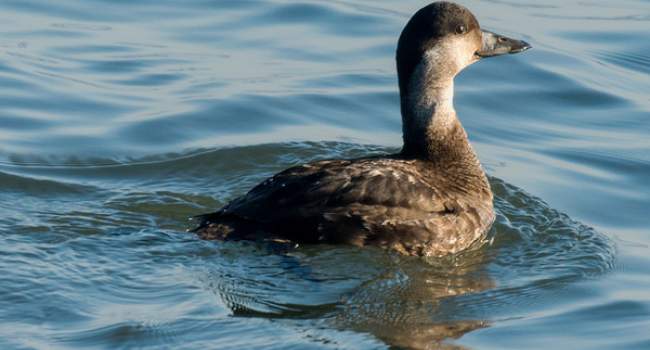
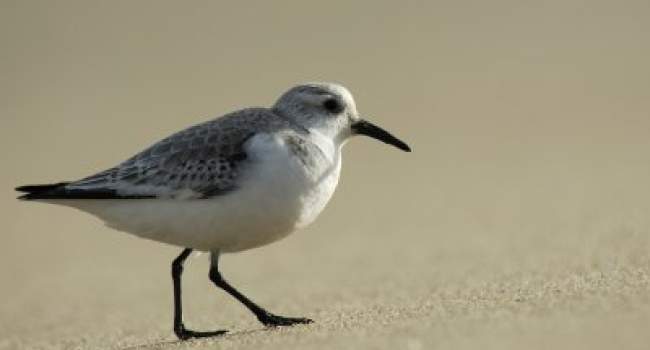
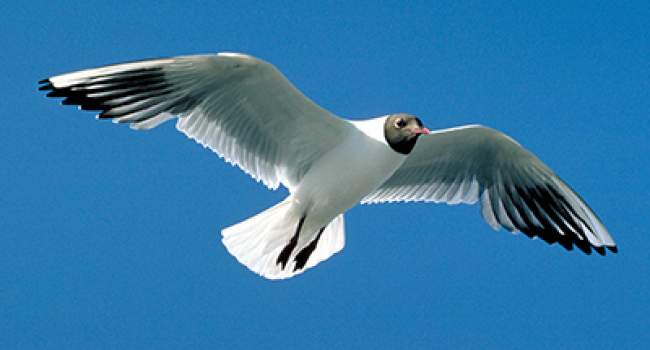
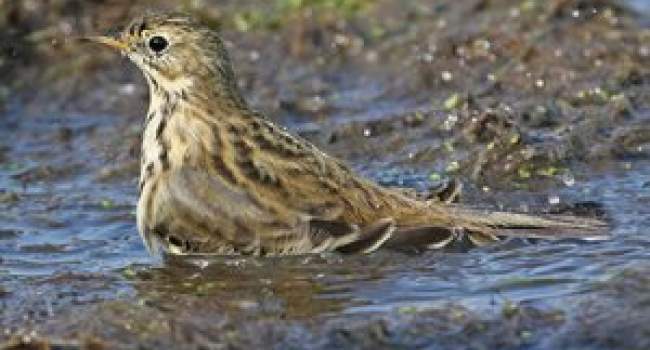
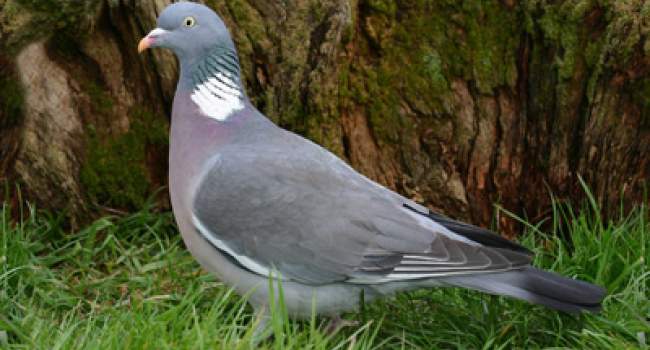
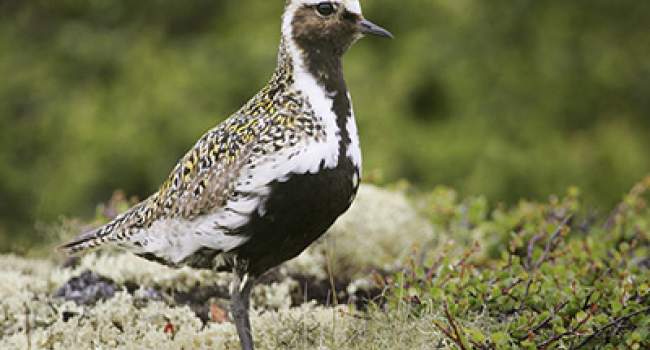
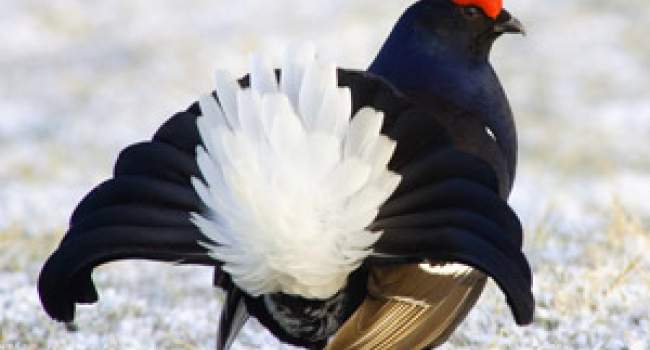




Share this page